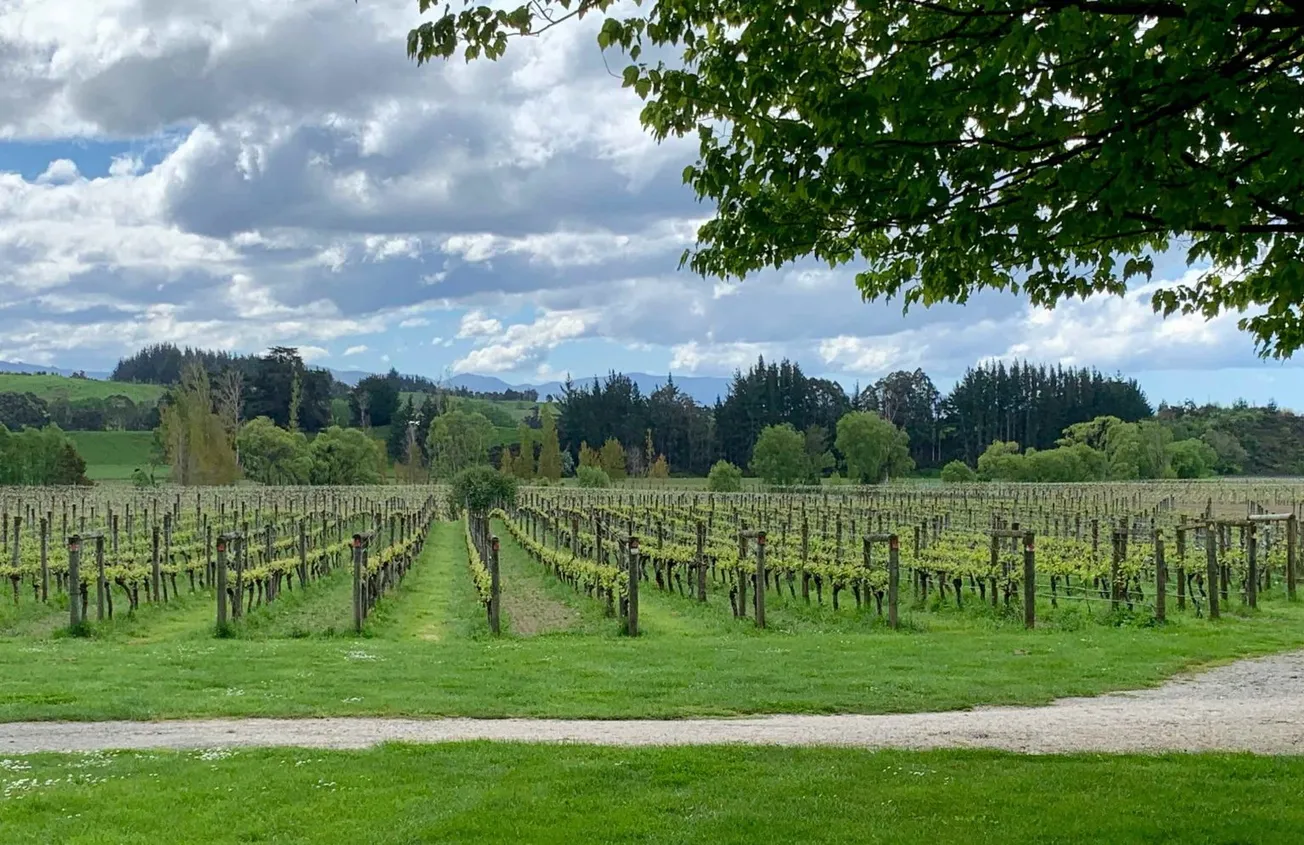Table of Contents
Dan Dempsey
The first thing you experience while shopping in New Zealand supermarkets is the fruit and vegetable department (unless you shop at Pak’nSave where you are bombarded with stacked cartons of the week’s discounted items). Consider that most of what you see there, handled and placed in your bag, was picked by a Pacific Island RSE worker. Some of you may be reading this with a glass of fine NZ wine – the vines almost certainly tended by RSE workers.
The Recognised Seasonal Employer (RSE) scheme began in April 2007 and was designed to address labour shortages in the horticulture and viticulture industries while also fostering stronger economic and social ties with Pacific Island nations. That planning created a highly successful programme and largely achieves its goals. But storm clouds are again gathering.
A recent article by Charlotte Bedford, a New Zealand-based academic and research fellow at the Development Policy Centre, discusses the decrease in demand for Pacific Island seasonal workers working under the RSE scheme.
She reflects on two possible causes:
New Zealand imposed [a 30hr/week minimum] requirement on Recognised Seasonal Employer (RSE) scheme employers in late 2021 during the Covid pandemic to ensure RSE workers who could not return home had sufficient earnings to cover their living costs.
And
Backpacker numbers have also been on the rise in New Zealand post-Covid, though the absolute numbers are much smaller than in Australia. At the end of February 2024, there were around 34,000 backpackers in New Zealand, compared to more than 181,000 in Australia.
Backpackers make up around 13% of New Zealand’s horticultural seasonal workforce […] Anecdotal reports from RSE employers suggest backpackers were readily available for seasonal work around the country during the 2023–24 peak harvest period.
Here is the kicker: the Pacific Australia Labour Mobility (PALM) programme has followed NZ’s lead with a guaranteed minimum 30 hours per week for what is contractually a casual seasonal worker. This was due to begin from July 1 2024 but, since the announcement back at the end of 2023, there has been a catastrophic fall in recruitment numbers. This has alarmed some Pacific Island countries, in particular the smaller ones, such that at least one sent a delegation to Australia to complain about it. Bedford is correct when she writes:
With the same influencing factors at play in the New Zealand context – more backpackers seeking work, the requirement for RSE employers to guarantee pay for 30 hours per week regardless of work availability (e.g., wet days), and other measures making the scheme more expensive (see below) – the question is whether employer demand under the RSE scheme is also dropping.
In the 10 months prior to mid-April, demand has not decreased but levelled off at a modest 2.2 per cent over the same period last year. Although that is a slight absolute increase, it is a significant decrease from the trend line. In case you are wondering, 15,102 RSE workers arrived in the country between 1 July 2023 and 15 April 2024. Bedford observes that the “Big Three” sending countries (Vanuatu, Samoa and Tonga, who send 70 per cent of the total RSE workforce between them) saw a drop in numbers (-4%, -7% and -6% respectively) while the states that are way behind number-wise generally are increasing.
One reason for that is because those countries are concerned about the socioeconomic impact of the programmes and put in place measures to address what may affect the ease of recruitment from those countries. NZ RSE government officials also encourage diversification away from the big three. For example, Vanuatu sent 5,716 workers to NZ, which represents about five per cent of the estimated total workforce. Samoa sent 6.15 per cent and Tonga 3.5 per cent. Compare that with countries that increased their numbers – Solomon Islands 0.4 per cent, Fiji 0.25 per cent and PNG with 0.01 per cent. Roughly speaking, if the PALM programme is included then triple those numbers
When the minimum 30-hour rule was introduced it was grudgingly but quietly accepted through pragmatism. During Covid growers and packhouses could not get the workforce thanks in part to the draconian lockdowns but more so to the border closures.
Feedback from industry representatives suggests cost pressures are creating some strong headwinds for RSE employers. Recent changes to minimum pay requirements mean RSE employers must pay 10 per cent above minimum wage for their RSE workers, even though this is not a requirement for their New Zealand workers.
The RSE employers were given a Morton’s Fork by the Ardern administration to (a) pay for MIQ, (b) pay 30 hr/week and (c) pay 10 per cent above minimum wage or not get your workers. Since the year prior to Covid, the minimum wage for RSE workers has risen a staggering 41 per cent or 10.25 per cent PA (compared to 28.24 per cent for anyone else) But that is not all:
A freeze on increases to RSE worker accommodation rates has been in place since late 2022 which means RSE employers continue to charge rents at 2022 levels, despite rising inflation. Employers also face rising audit and compliance costs. For smaller enterprises, these cost pressures may well see some exit the RSE scheme.
Well prior to Covid RSE employers used a lot of motel accommodation for seasonal workers. Prophetically perhaps, the NZ Government encouraged employers to build their own accommodation. For some reason, the government seemed to need the motel space for…I don’t know…a rainy day? The dangled carrot being that if they did, then their requests for more workers would be looked on more favourably. Many did build their own, or organised construction on a lease-type arrangement to a third party. But as we all know, the rental market prices have gone up and so, while the freeze has been on for the worker, the result has been the RSE bears the burden of increasingly subsidising the rental.
The industry has asked for a cap increase, especially following Cyclone Gabrielle and also kiwifruit industry expansion. (Has anyone tried the new RED kiwifruit variety?) But by the same token there is a tensile force working against employers as outlined above. The torque-wrench is being turned by the government, but the torque setting is set by the ethical nature of worker welfare. The issue being that if the tension is too great, the resulting failure of the aluminium-cast RSE program would be catastrophic.
Bedford brings us back to the PALM program. Due to industry requests, the Australian Government has delayed the introduction of the 30 hr/week rule until 1 July 2025. The dark cloud remains like an approaching storm in a critical 20/20 World Cup clash.
[The RSE] Industry is not seeking a return to the original policy settings which allowed 30 hours per week to be averaged over the duration of the contract. Rather, they are seeking something of a compromise; guaranteed 30 hours per week averaged over a four-week period. This is the current setting for PALM Approved Employers.
DevPolicy Blog
That is a fair and reasonable compromise. The good news is that the current coalition government is listening and taking a proactive approach. If something isn’t done then the result will be increasing use of cheaper backpacker workers to the detriment of our Pacific Island friends. Which would result in what can best be described as devastating redundancy for those workers and their families.









